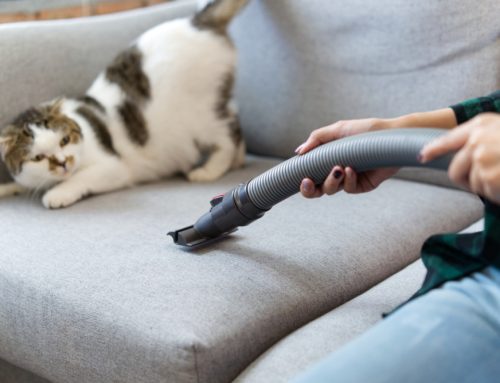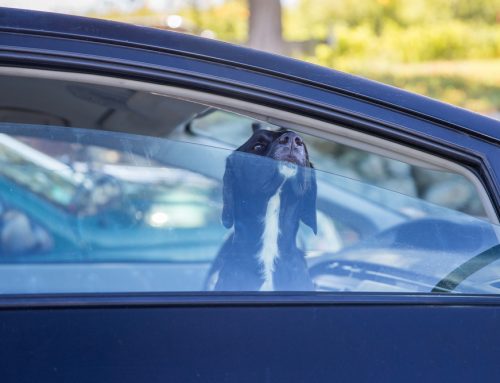 Raccoons, coyotes, snakes, deer, skunks, rabbits, foxes, and bears are only a few of the hundreds of species of wildlife that have adapted to life near humans. As Montana residents, many of us encounter some or all of these beautiful creatures on a regular basis, whether during a wilderness excursion or right in our own backyards.
Raccoons, coyotes, snakes, deer, skunks, rabbits, foxes, and bears are only a few of the hundreds of species of wildlife that have adapted to life near humans. As Montana residents, many of us encounter some or all of these beautiful creatures on a regular basis, whether during a wilderness excursion or right in our own backyards.
It may not be possible to live in perfect harmony with our surrounding ecosystem, but by understanding the principles of wildlife safety we can help to protect our human families, our pets, and of course the creatures themselves.
Practicing Wildlife Safety In Your Backyard
Wildlife is drawn to our yards and gardens because they can be a source of food, water, shelter, or all three. Bird feeders, suet blocks, birdbaths, pet water bowls, and garbage cans attract unwanted wildlife, putting your property, pets, and even your family at risk.
If fencing in your yard isn’t an option for you, there are other ways to mitigate damaging wildlife encounters. Don’t place bird feeders or pet bowls near the home. Garbage cans are particularly attractive to bears and raccoons, so keep cans tightly lidded and exercise caution when walking near them at night.
Pets and wildlife often do not mix. Not only can pets seriously injure wildlife, they can become injured themselves. Keep cats indoors and make sure your dog is leashed at all times when out on the trail.
When Does A Wild Animal Need Help?
It’s not uncommon to see baby animals by themselves outside in the spring and summer, and people often feel compelled to pick up and “rescue” what appears to be a little abandoned bird or bunny.
Because many animal species leave their young alone for long periods of time while they search for food, picking up a baby animal is not advised. For example, mother rabbits nurse their babies for about 5 minutes, twice per day, and the rest of the time the babies wait in or near the nest for her to return from foraging.
There are certain instances when a wild animal may need human assistance, such as an animal that is:
- Injured
- Appears to be sick
- Disoriented
- Brought to you by a cat or dog
- Shivering
- Crying and wandering around
- You observe a dead parent nearby
The best thing you can do for an ill or injured wild animal is to call your local wildlife rehabilitator.
Teaching Kids Respect For Wildlife
Because wildlife abounds in our beautiful state, Montana’s youngest residents are at a particular advantage when it comes to learning about wild animals. Try the following ideas to get kids involved in learning about the creatures that share our neck of the woods:
- Point out animals that you see while outdoors with your children. Discuss their particular habitats and requirements for food, water, and space. Talk about how we can help wild animals by making sure they have access to the habitat they need.
- Make sure kids know that wild animals don’t make good pets, and that feeding them or trying to pick them up can be dangerous for them as well as for the animal.
- Enlist your children’s help in picking up litter found on the hiking trail, stream, or other natural area. Discuss the negative impact litter has on wildlife and why it’s important to “leave no trace”.
By practicing awareness and respect for wildlife, we can help to ensure our own safety as well as the safety of the animals we share our space with. If you have any questions regarding wildlife safety or wildlife and pets, please don’t hesitate to give us a call.






